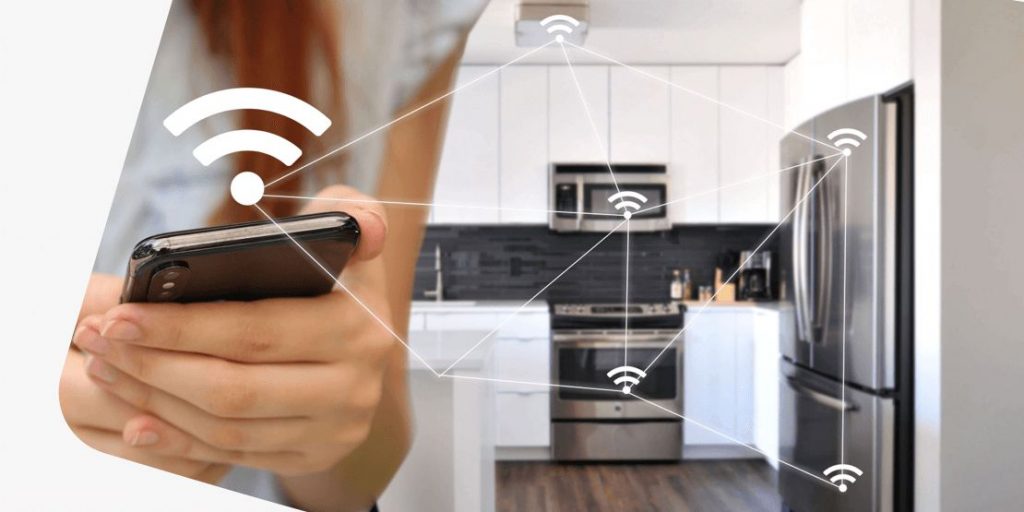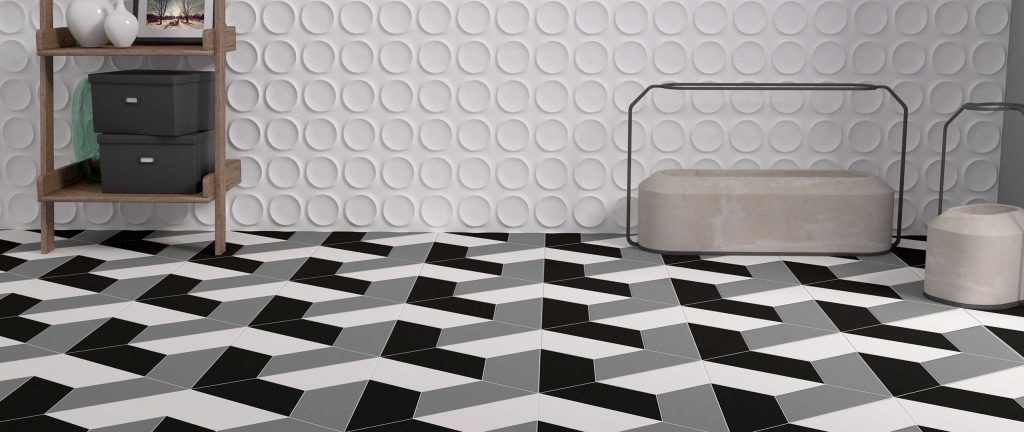Regardless of what type of internet connection you are using, everyone has experienced some breaks in the wireless connection. This can be infuriating if you are trying to watch a movie or you have some work to finish up before your deadline. The wireless in your home can immediately turn into a necessity. So, what causes the breaks, and what blocks Wi-Fi signals?
The Wi-Fi access points, also known as routers, transmit radio waves for communication with the wireless devices in your home. These waves come from the electromagnetic spectrum and can be blocked by anything that causes electromagnetic interference or blocks the radio waves. Let’s elaborate more on the things that block or weaken the wireless signal.

What Blocks Wi-Fi Signals?
Walking around your house connected to the Internet from multiple devices is a blessing in the sky, and a wireless connection is arguably the best technological invention so far. You have a lot of freedom, and instant access to the Internet without any cables, whether in your office or home.
But, we must address why the wireless connection completely disappears in certain places or gets extremely weak. What blocks Wi-Fi signals and why?
The devices that offer wireless connection are receptive to interferences. Unfortunately, Wi-Fi is no exception and is part of the entire radiofrequency puzzle.
Office buildings and houses have a lot of materials that act as obstacles to the wireless connection and interfere with the Wi-Fi signal. The main antagonist is building materials.
The building materials are not alone in the category and can also be called the worst wireless signal blockers. The Wi-Fi signals can also experience issues from radio waves distributed by other devices or physical objects. Let’s rank all of the signal blockers from worst to least.
Metal
The biggest interruption of Wi-Fi signals is metal. This ultimate blocking material is the hardest, so penetration is difficult. Plus, metal is also a conductor of electricity. Sit tight if you are wondering how the electricity ties together with Wi-Fi signals and why there is an interruption.
Metal can absorb radio waves simply because they are electromagnetic. Therefore, anything that contains metal, such as doors, furniture, walls, buildings, and metal blinds, can weaken or completely kill the wireless connection. Or simply put, the less metal there is between your router and your device, the stronger the Wi-Fi connection will be.
Concrete walls
Concrete does not pair well with Wi-Fi signals. If metal is the hardest, concrete is the thickest building material.
For that reason, the wireless signal has a rough time passing through any concrete floors and walls. In some designs, the buildings have concrete walls with metal laths, which is a ‘no go” situation for Wi-Fi signals.
The Wi-Fi signal cannot pass through even with a connectivity booster if the concrete is extra thick. This device is also called a Wi-Fi extender or repeater and, in some cases, can be of great help.
Sometimes people have spent their entire life savings on the house and cannot tear down walls just for the wireless connection to be stronger.
Metal and plaster lath
The thickness of plaster for walls is 5/8th of an inch and for walls 1/8th of an inch. Because plaster is made of cement, lime, and gypsum, it is often used to coat ceilings and walls. Despite not being extremely thick, it can successfully slow down any Wi-Fi signal.
When it comes to metal laths, they are often used in modern structures and act as a framework for interior walls.
Often, metal can also be used for floors and concrete ceilings. 5/8th inch of plaster can be applied to the surface when laths are used in the construction. The metal and plaster laths create much thicker than normal walls that can reduce or block Wi-Fi Signals.
Read more: How Does Wi-Fi Signal Travel

Ceramic tiles
Ceramic tiles are also commonly used material for floors and walls. Similar to drywall, ceramic tiles can weaken the Wi-Fi signal.
Many people use mastic to incorporate ceramic tiles on drywall or plaster. The combination of these materials may be a great option for a sturdy and tough wall, but the chances are that your Wi-Fi signals will have trouble passing through.
Also read: How to Fix No Internet Connection
Tinted glass and windows
This may sound odd at first, and you may think that windows and glass have nothing to do with wireless because every building has them, but you’re mistaken.
Don’t let their looks deceive you. Because glass windows are not as thick as walls and seem transparent, they can weaken or block Wi-Fi signals.
While perfect for getting some fresh air and letting the light in the room, the tinted glass windows can reflect the signal. The windows have a metallic film that utilizes energy consumption. For that reason, they can reflect and block any wireless signals more than a clear window.
In most cases, tinted glass is created from specific materials that can block out light. In addition, it comes in a bundle of colors. The metallic film in it can interfere with Wi-Fi and radio signals.
Neighbor’s Wi-Fi network
The networks that appear in your settings, despite your own, are from the neighbors. Any wireless network close to yours can block your broadband connection if you live in a crowded neighborhood.
The bands that operate on 2.4 and 5 GHz have a lot of Wi-Fi channels that receive and send data. If your neighbor’s router has the same wireless channel and there is a channel overlap, the speed of the Wi-Fi and bandwidth will most certainly be affected.
However, the newest routes on the market allow you to easily switch between different channels to reduce the number of interruptions. Plus, dual-band routers will enable you to change frequencies.
Interference and Signal Disturbances
Despite the physical obstacles that interrupt your wireless connection that we explained above, other things in your home can also cause interruptions and signal disturbances, such as:
- Bluetooth
- Microwave oven
- Baby monitor
- Walkie-talkie
- Radio
- Separate wireless network in your home
- Water
Conclusion
Since sliced bread, the wireless connection is arguably one of the best inventions of all time. Wi-Fi gives you much freedom and allows you to access the Internet anywhere. After reading our review, you know what blocks Wi-Fi signals and what can weaken the connection.
The wireless coverage issues in your home can occur for many reasons. Everything that falls into building materials like concrete and steel can disrupt your connection. In addition, electronics and aquariums can also block Wi-Fi signals.
If you experience blocking the signals frequently, you can try and move the router to a better area with less obstruction. If that option is out the window, you can try mesh networks, range extenders, or Wi-Fi boosters.